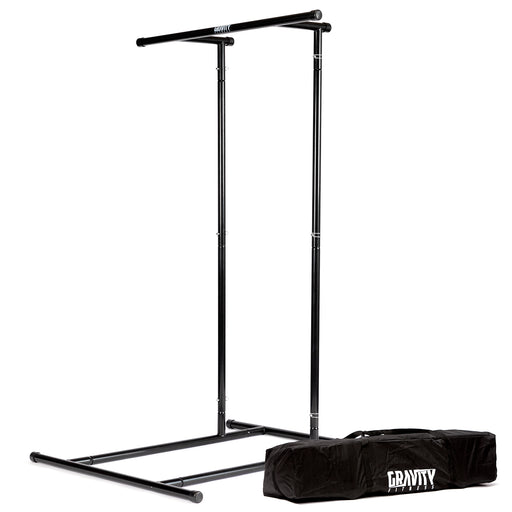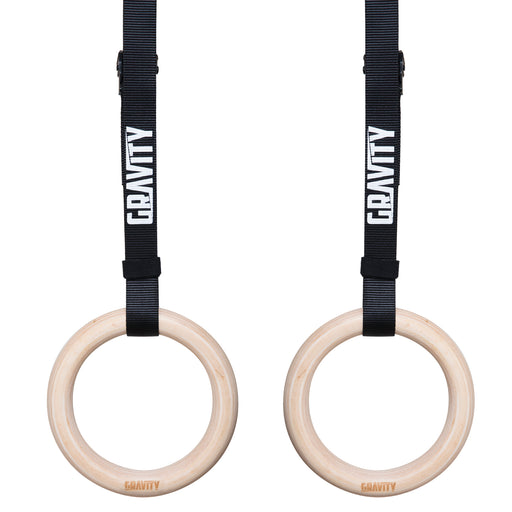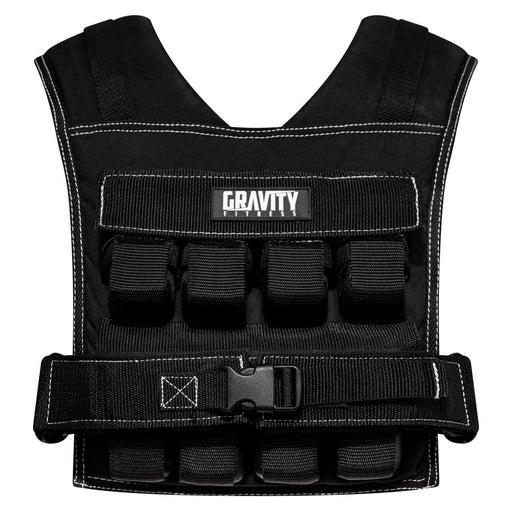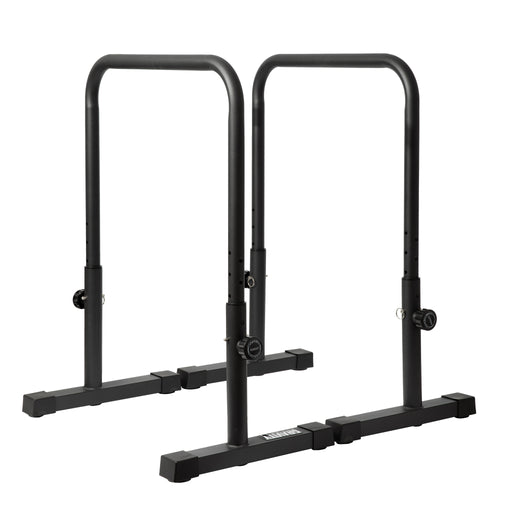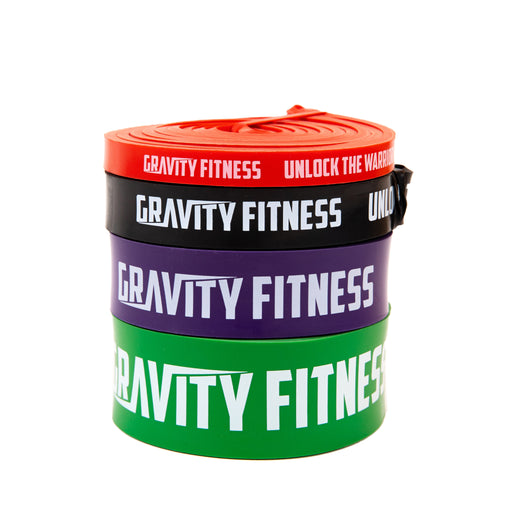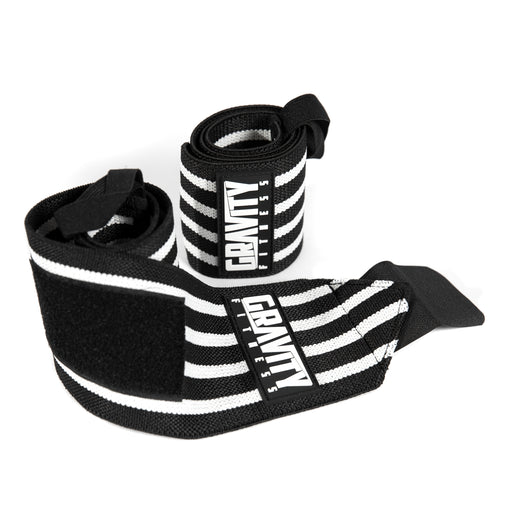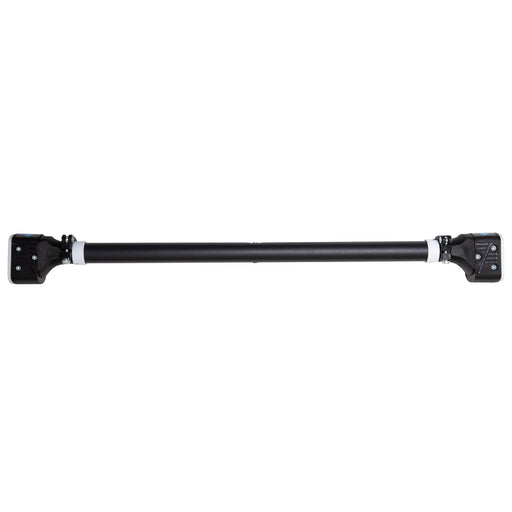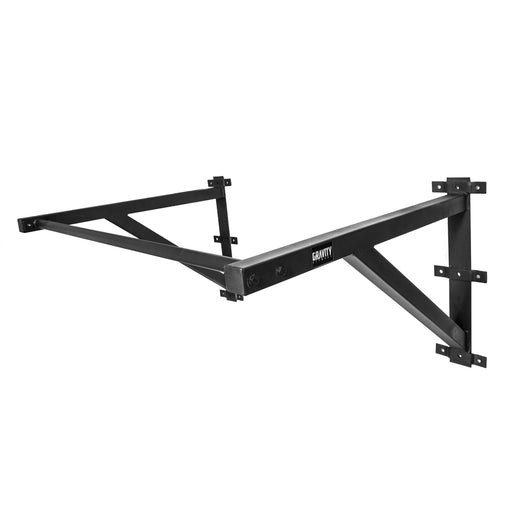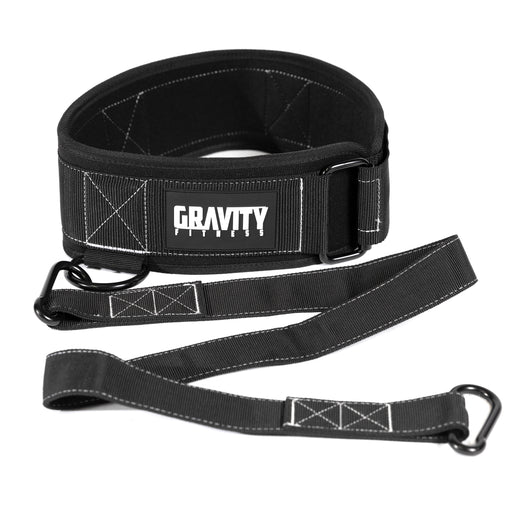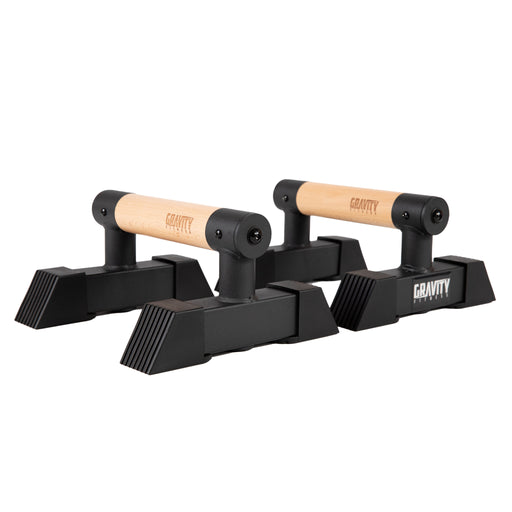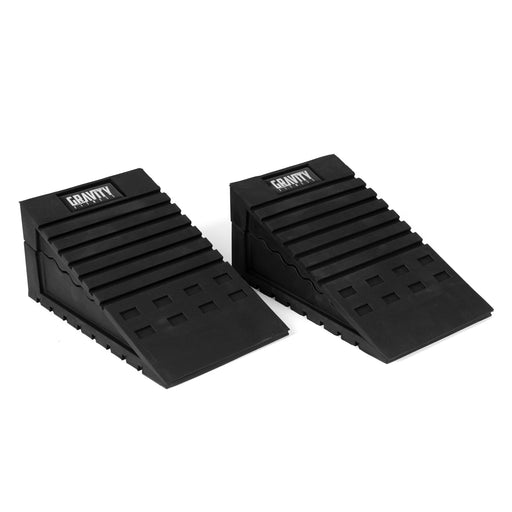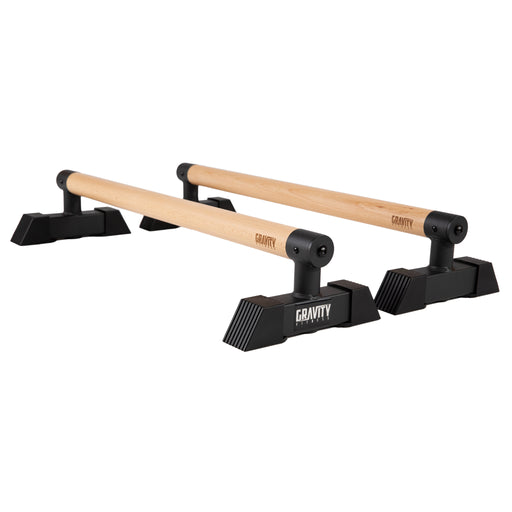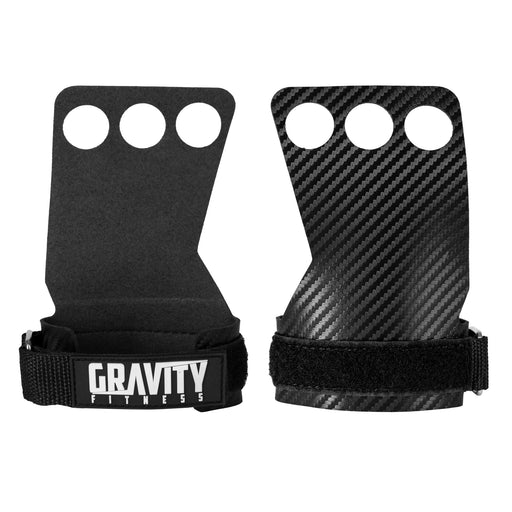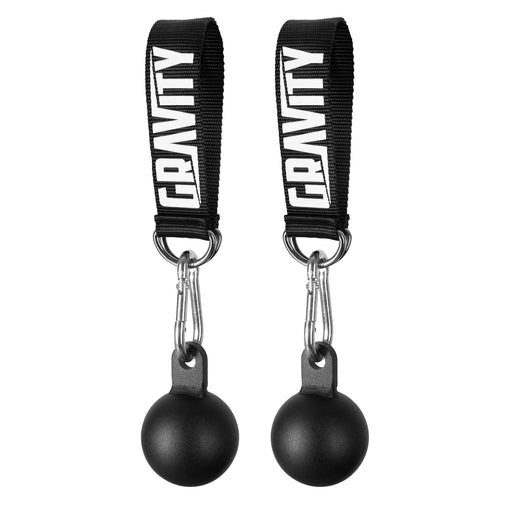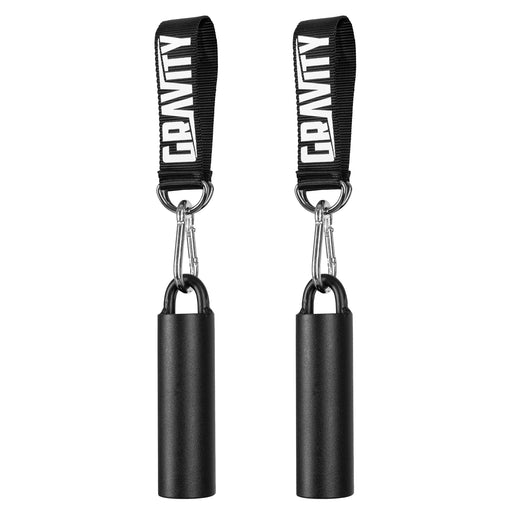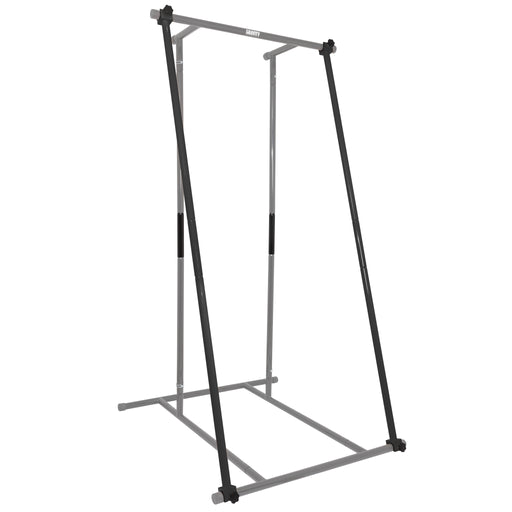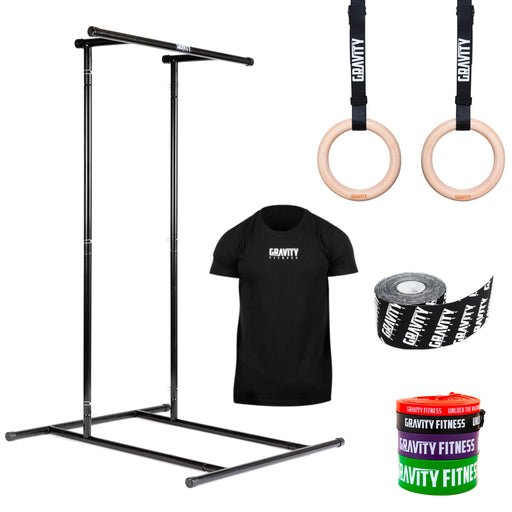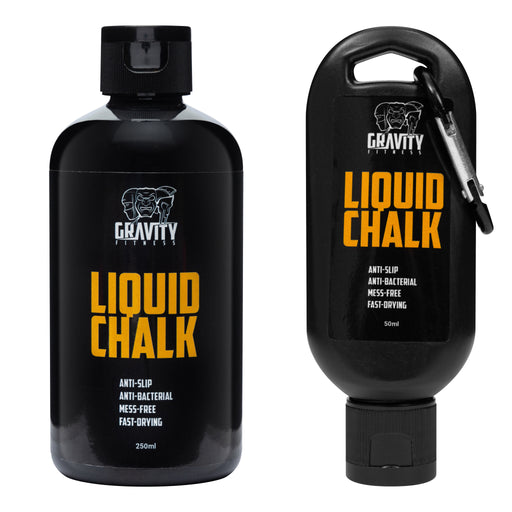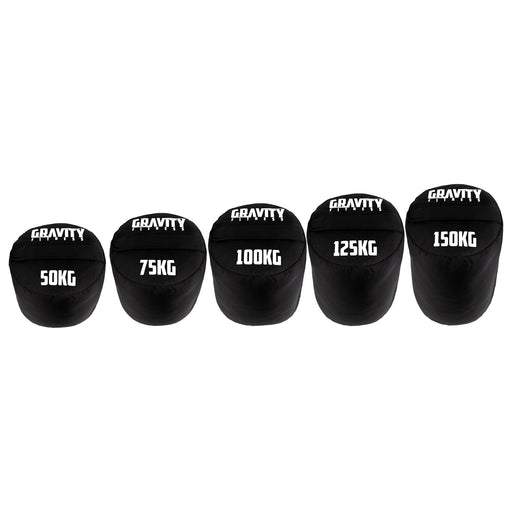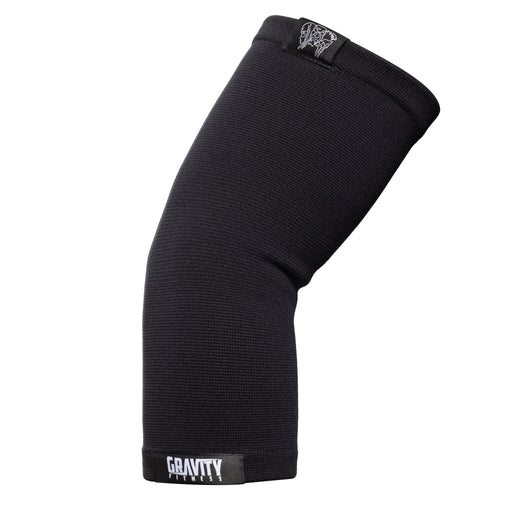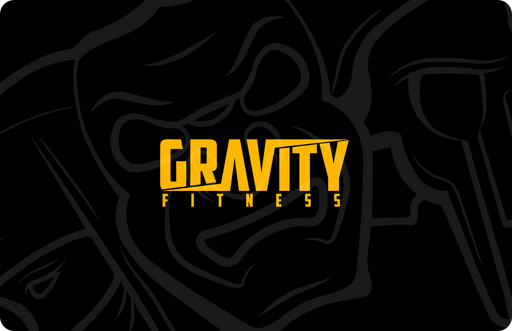
What really is calisthenics and what do you need to know?
Calisthenics is having a moment online, but it’s been around for centuries. If all that calisthenics content has left you a little confused about what calisthenics actually is, let us put the record straight.
Calisthenics is one of the oldest forms of physical training, and can be traced back to the athletes and soldiers of ancient civilisations like Greece. Essentially, calisthenics means using your bodyweight for resistance. No gym machines or barbells, just your body and gravity.
Lots of people want to know what is functional calisthenics, but all calisthenics is functional. Calisthenics is about improving the way your body moves its own weight through functional patterns – which is why it’s so good for building strength and stability for everyday functionality.
Calisthenics can be simple, but it also offers an endless journey of movements, exercises, and intensities. Let’s look at different styles of calisthenics so you can take your training in the right direction.
What is beginner calisthenics
Everyone starts somewhere, and beginner calisthenics is all about mastering the basics. Beginner calisthenics focuses on simple exercises that mimic everyday movements (and form the basis for more advanced calisthenics movements).
Who should do beginner calisthenics?
Beginner or basic calisthenics is the obvious place to start if you’re new to calisthenics, but it’s also a useful way to brush up your skills if you’re coming back to it after injury or a break. People who are coming to calisthenics from other sports should also master the basics before doing more advanced movements. Beginner calisthenics will build a solid foundation and improve your strength, balance, and mobility.
Try these beginner calisthenics movements
- Bodyweight squats
- Hanging knee raises
- Wall sits
- Push ups or kneeling push ups
- Full plank holds
What is miliary-style calisthenics?
Every military in the world uses elements of calisthenics for selection, training, and bootcamp. Calisthenics gets you strong enough to move your own bodyweight up, over, and around things with explosive force which is exactly what military operatives need to do. Military calisthenics includes more high-intensity exercises designed to build endurance, strength, and explosive power under difficult conditions.
Who should do military style calisthenics?
This tougher style of calisthenics is great for building cardiovascular fitness, and muscular endurance with mental toughness. It could be a motivating way to set yourself a calisthenics challenge once you’ve mastered the basics and build sufficient strength.
Try these miliary-style calisthenics exercises
- Strict pull-ups
- Burpees
- Bear crawls
- Wall-facing handstand holds
- Push-ups on parallettes
Bodyweight bodybuilding with calisthenics
Can you really build significant visible muscle without barbells or dumbbells? Yes – some calisthenics athletes are jacked! This style of calisthenics has been used since the Golden Era of bodybuilding by bodybuilders who either didn’t have access to a weights room gym, or wanted to train outside in fitness park type environments. If muscle gain is your goal, use calisthenics that focuses on hypertrophy to build muscle using just bodyweight.
Who should do bodybuilding with calisthenics
These exercises and training tips are great if you want to build visible muscle but don’t have easy access to heavy weights or gym machines. They can also be a good trick to keep up your sleeve for times when you’re travelling or just really busy – calisthenics can be done anywhere.
Try these exercises for bodybuilding with calisthenics
- Push-ups on parallettes
- Dips
- Slow strict pull ups or muscle-ups
- Handstand push-ups
- Pistol squats
Focus on hypertrophy by focusing on tempo (slow down the eccentric) or add a weighted vest if you have one.
Can you do weighted calisthenics?
To focus on building strength and muscle, you can always add weight by using a weighted vest or dip belt. This is great for movements like weighted pull ups, weighted dips, weighted push ups or weighted squats.
What is freestyle calisthenics?
Freestyle calisthenics has developed out of the street workout culture and calisthenics parks of the world, and can be considered the flashy side of calisthenics! This is where you’ll see athletes doing involving impressive tricks and gymnastics that demand a lot of strength and coordination, and give the athletes a chance to show off their creativity and personality.
Who should do freestyle calisthenics?
Freestyle calisthenics is a fun and creative way to express your calisthenics progress. It’s a great goal if you enjoy a challenge and want to showcase your favourite movements or any particular calisthenics tricks.
Try these freestyle calisthenics exercises
Freestyle calisthenics tends to feature the most challenging movements, so be sure to work up to these after building the necessary strength and stability through the basics.
- Free standing handstands
- Human flag
- Skin the Cat
- Muscle up / Muscle up 360 bar spin
- Alley Oop
What is static calisthenics?
Static calisthenics focuses more on control, balance, and isometric strength by holding positions for a period of time. It can be seen in yoga and gymnastics as well as in calisthenics training.
Who should do static calisthenics?
Static holds build a lot of strength and muscular endurance, and will develop incredible core strength and shoulder strength.
Try these static calisthenics movements
- L-sit holds
- Planche
- Front lever and back lever
- Hollow body holds
- Crow pose
What is flexibility calisthenics?
Calisthenics doesn’t have to be your only form of training. It can also be added into your main training or sports prep to improve your flexibility and mobility.
Who should do flexibility calisthenics?
Adding a bit of calisthenics to your usual training routine is great for improving range of motion and easing tightness to reduce injury risk and boost your performance.
Try these calisthenics exercises for flexibility
- Banded pull aparts
- Hindu push ups
- Plank holds
- Scapular pull ups
- Rotational lunges
What is the best calisthenics training style for me?
The beauty of calisthenics is that it uses your bodyweight, so it can be done anywhere. It offers something for everyone, whether you're a beginner, advanced calisthenics athlete, or using calisthenics to support your main training.
Check out the Gravity Fitness store for the best equipment to accompany your calisthenics journey, from resistance bands and weighted vests to parallettes and pull up bars!













